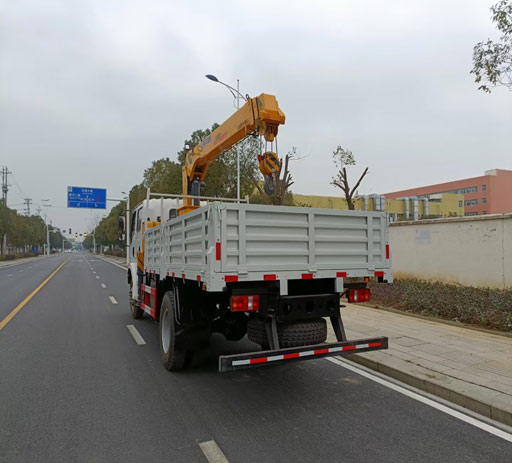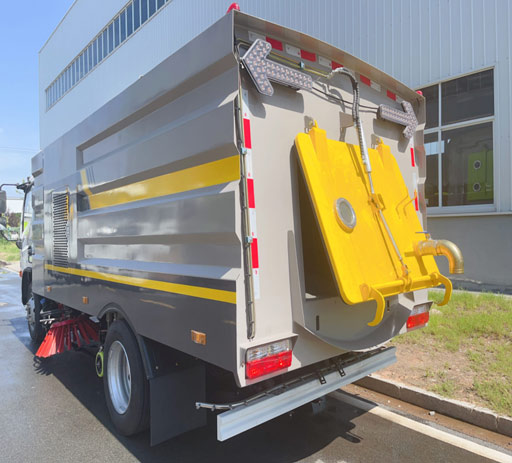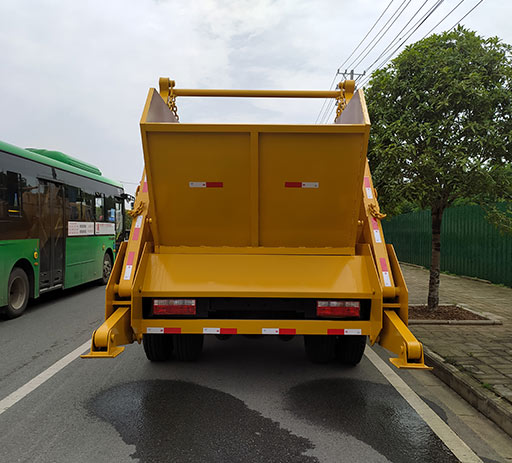Understanding Firefighter Truck Prices: Factors, Options, and Buying Tips
When it comes to fire safety and emergency response, firefighter trucks play a crucial role. Departments must invest in the right equipment to ensure they can respond effectively to emergencies. This article delves deep into firefighter truck prices, exploring the various factors that influence costs, types of trucks available, and tips for making informed purchasing decisions. If you’re in the market for a firefighting vehicle or just curious about their pricing, this article will serve as your comprehensive guide.
1. What is a Firefighter Truck?
A firefighter truck, often referred to as a fire apparatus or fire engine, is specifically designed to transport firefighters and their equipment to emergency situations. It typically includes a pump, water tanks, hoses, and various tools for firefighting and rescue operations. Understanding the type of truck you need is the first step in exploring potential costs.
2. Types of Firefighter Trucks

Different types of firefighter trucks serve various purposes. Here’s a breakdown of the most common types:
2.1 Fire Engines
Fire engines are equipped with water pumps and hoses and are primarily used for putting out fires. Prices can range widely depending on size and capabilities.
2.2 Fire Trucks
Fire trucks are designed with ladders and equipment for rescue operations. They’re often used at larger incidents, such as high-rise fires. These can be more expensive due to their specialized equipment.
2.3 Aerial Apparatus
Aerial apparatus, such as ladder trucks, feature extendable ladders and platforms for accessing high-rise buildings. They often command a premium price due to their advanced technology.
2.4 Brush Trucks
Brush trucks are smaller vehicles used for wildland firefighting. These trucks are less expensive but still equipped to handle specific types of fire emergencies.
2.5 Water Tenders
Water tenders are designed to transport large quantities of water to sites that lack a reliable water source. Their prices vary based on capacity and features.
3. Factors Influencing Firefighter Truck Prices
Understanding the costs associated with firefighter trucks requires examining the factors that affect pricing.
3.1 Type of Vehicle
The type of truck significantly impacts the price. Basic fire engines might start at lower price points, while specialized units like aerial ladder trucks can cost several hundred thousand dollars.
3.2 Brand and Manufacturer
Reputable manufacturers such as Pierce, E-One, and Rosenbauer typically have premium offerings, influencing the overall cost based on brand value, warranty, and service support.
3.3 Equipment and Customization
Additional features, equipment, and customizations can increase the price. Items like advanced communication systems, specialized storage compartments, or enhanced safety features can add significant costs.
3.4 New vs. Used Vehicles
Deciding between a new and a used firefighter truck can have a substantial impact on costs. While new trucks come with warranties and the latest technology, used trucks offer a more budget-friendly alternative.
3.5 Compliance and Regulations
Firefighter trucks must comply with local and national safety regulations. Vehicles that meet higher standards may cost more upfront but can save money on repairs and insurance in the long run.
4. Average Price Ranges for Firefighter Trucks
Here’s a table summarizing average costs for different types of firefighter trucks:
| Type of Firefighter Truck | Average Price Range |
|---|---|
| Fire Engine | $300,000 – $500,000 |
| Fire Truck | $350,000 – $700,000 |
| Aerial Apparatus | $700,000 – $1.5 million |
| Brush Truck | $50,000 – $150,000 |
| Water Tender | $200,000 – $400,000 |
5. Where to Buy Firefighter Trucks
When it’s time to purchase, you have several options. Here are some avenues to consider:
5.1 Dealerships
Specialized fire apparatus dealerships often have a range of new and used trucks available. They can also provide financing options and warranties.
5.2 Auctions
Firefighter trucks can often be found at municipal auctions, where retired vehicles are sold directly to the public. This can provide significant savings but may come with less certainty regarding condition.
5.4 Online Marketplaces
Online marketplaces dedicated to first responder equipment frequently list trucks for sale. This allows you to compare prices easily while broadening your search beyond your local area.
5.4 Manufacturer Websites
Most manufacturers have websites where you can explore different models and request quotes directly, making it easy to compare options without needing a third party.
6. Financing Options for Firefighter Trucks
Financial considerations can be significant when purchasing firefighter trucks. Here are common options available:
6.1 Municipal Funding
Many fire departments rely on municipal funds or budget allocations specifically for such purchases. Engaging with local government can be crucial for budgeting purposes.

6.2 Grants
Various grant programs are available for fire departments looking to purchase new equipment. These programs can provide a significant boost in funding.
6.3 Loans and Financing Plans
Equipment financing is another option that allows departments to spread costs over time, making high-ticket purchases more manageable.
7. Maintenance and Operational Costs
Purchasing a firefighter truck is just the beginning. Ongoing maintenance and operational costs can add up over time. Here’s what to consider:
7.1 Routine Maintenance
Regular checks, oil changes, and tire rotations are essential for keeping the vehicle in top condition, impacting overall reliability and safety.
7.2 Repairs
Unforeseen repairs can lead to significant costs, especially if the vehicle is older or frequently used in demanding conditions.
7.3 Fuel Efficiency
Fuel consumption varies widely between different types of trucks. An efficient vehicle can lead to lower operational costs in the long run.
8. Practical Tips for Buying Firefighter Trucks
When you’re ready to buy a firefighter truck, consider these practical tips:
8.1 Assess Your Needs
Before making a purchase, conduct a needs assessment based on your fire department’s typical responses and any unique challenges you face.
8.2 Comparison Shopping
Don’t settle on the first truck you find. Comparing prices, features, and warranties across several models will help ensure you make an informed decision.
8.3 Inspect Used Vehicles Thoroughly
If you’re considering a used truck, have it inspected by a qualified mechanic. Ensure all equipment works properly and assess its overall condition.

8.4 Check for Funding Opportunities
Research local and federal grant opportunities, as well as potential loans, to help finance your purchase effectively.
8.5 Engage with Other Departments
Connect with neighboring fire departments for insights and experiences regarding their purchasing decisions and the performance of their trucks.
9. Frequently Asked Questions
9.1 What is the average cost of a firefighter truck?
The average cost of a firefighter truck varies widely depending on the type, anywhere from $50,000 for a basic brush truck to over $1.5 million for a new aerial apparatus.
9.2 How long does a firefighter truck last?
With proper maintenance, a firefighter truck can last between 15 to 30 years, depending on the type of vehicle and usage frequency.
9.3 Are used firefighter trucks worth buying?
Used firefighter trucks can be a cost-effective option, but ensure thorough inspections are done to avoid unforeseen repair costs.
9.4 What features should I look for in a firefighter truck?
Key features include pump capacity, water tank size, hose and nozzle configurations, storage space for equipment, and safety features.
9.5 Can I finance a firefighter truck?
Yes, financing options are available through municipal budgets, grants, or loans specifically designed for purchasing fire apparatus.
9.6 How often should firefighter trucks be serviced?
Firefighter trucks should undergo routine maintenance checks every 3 to 6 months, or after significant use, to ensure optimal performance and safety.
